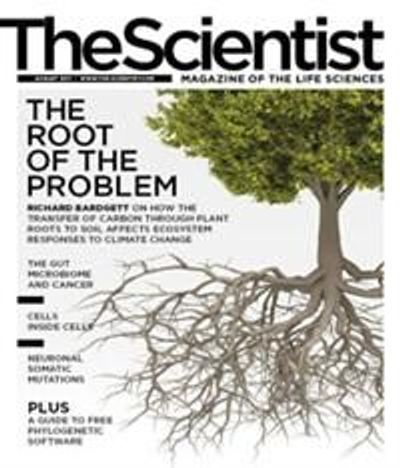
First Life: Discovering the Connections between Stars, Cells, and How Life Began
by David Deamer
University of California Press, June 2011
In First Life, an authoritative voice weighs in on a sprawling debate that’s been raging in the scientific community for many decades, and lays out a succinct and persuasive hypothesis for the origin of life on Earth. University of California, Santa Cruz, biomolecular engineer David Deamer envisions a scenario in which life began in shallow, ephemeral pools of water dotting the sides of ancient volcanoes—habitats of a kind that can be seen in Iceland and Hawaii today. Deamer traces the story by traversing the scientific literature, from the first mention of panspermia by Arrhenius in 1903 to his own work on the “soap bubble” theory for the origin of life and his current research on synthetic biology. Claiming that some of the molecular building blocks for life came from...
Radioactivity: A History of a Mysterious Science
by Marjorie C. Malley
Oxford University Press, August 2011
No scientific advance has spawned so many alternating bouts of folly and triumph as has the discovery of radioactivity. Since the dawn of the atomic age—when Henri Becquerel, Marie and Pierre Curie and others working at the turn of the 20th century conducted seminal experiments demonstrating the properties of radioactive elements—humanity has grappled with how to harness the powerful phenomenon, to both innovative and destructive ends. Science historian Marjorie Malley charts this tumultuous history in Radioactivity, noting its meteoric rise from oddity to serious research field and from health hazard to treatment tool; “from a minor curiosity [in]to a potential font of miracles,” as the author writes. Those miracles include radiation therapy for cancer, scientific tools to more deeply probe the ages of minerals and artifacts, and insights into the nature of matter and our universe. But a dark side has attended the rise of radioactivity as well. From radium-painted watch faces and the disease they engendered in the factory workers who created them, to WWII’s atomic bombs, and the catastrophic nuclear power plant accidents at Chernobyl and Fukushima, radioactivity has wrought its fair share of misery. As we continue to confront the positive and negative aspects of its awesome power, Malley’s book is an essential primer in the investigation and use of radioactivity.
Brain Bugs: How the Brain’s Flaws Shape Our Lives
by Dean Buonomano
W.W. Norton & Company, July 2011
Human brains are amazing organs—gems of evolution, some might say. But like anything complex, our brains are imperfect. Borrowing a term from computer science to christen such glitches, UCLA neurobiologist Dean Buonomano explains in his new book Brain Bugs that as the human brain has evolved over the past 100,000 years, it has added layer upon layer of networked neural connections to cope with a rapidly changing world. But, he writes, the brain’s most detrimental malfunctions are often traceable to its most ancient structures—those that compose the limbic system. In this primitive corner of our brain, our ancestors’ once-advantageous need for instant gratification—in the form of fat-rich foods or copious sex—now leads modern humans into some sticky situations as we navigate a cultural landscape vastly different from the ancient African savannah. Drawing on real-world examples and current research in neuroscience, Buonomano guides the reader through the unexpected ways in which our lives are influenced by the messiness of our busiest, most intricate, and often most error-prone organ.
Life of Earth: Portrait of a Beautiful, Middle-Aged, Stressed-Out World
by Stanley A. Rice
Prometheus Books, November 2011
“Earth is beautiful in its luxurious middle age not just because of its nonliving components such as mountains and waterfalls,” writes biologist Stanley A. Rice in the introduction to Life of Earth, “but even more so because of its network of life.” And it is the amazing diversity of life that remains his focus throughout the book. Seminal evolutionary events, such as the emergence of symbiosis, photosynthesis, and sex, serve as Rice’s waypoints along the time line, which converges on the role humans play in the web of life on a planet about halfway through its predicted 8-billion-year lifespan. In back-to-back chapters, the author considers the advent of religion and science, describing these uniquely human agencies as opposing forces in the quest to explain our entire experience of the world and in the struggle to preserve it. In the end, Rice explains, it’s up to humans—and particularly scientists—to serve as stewards to the amazingly diverse forms of life that make our planet and its rich evolutionary history unique.
Interested in reading more?





